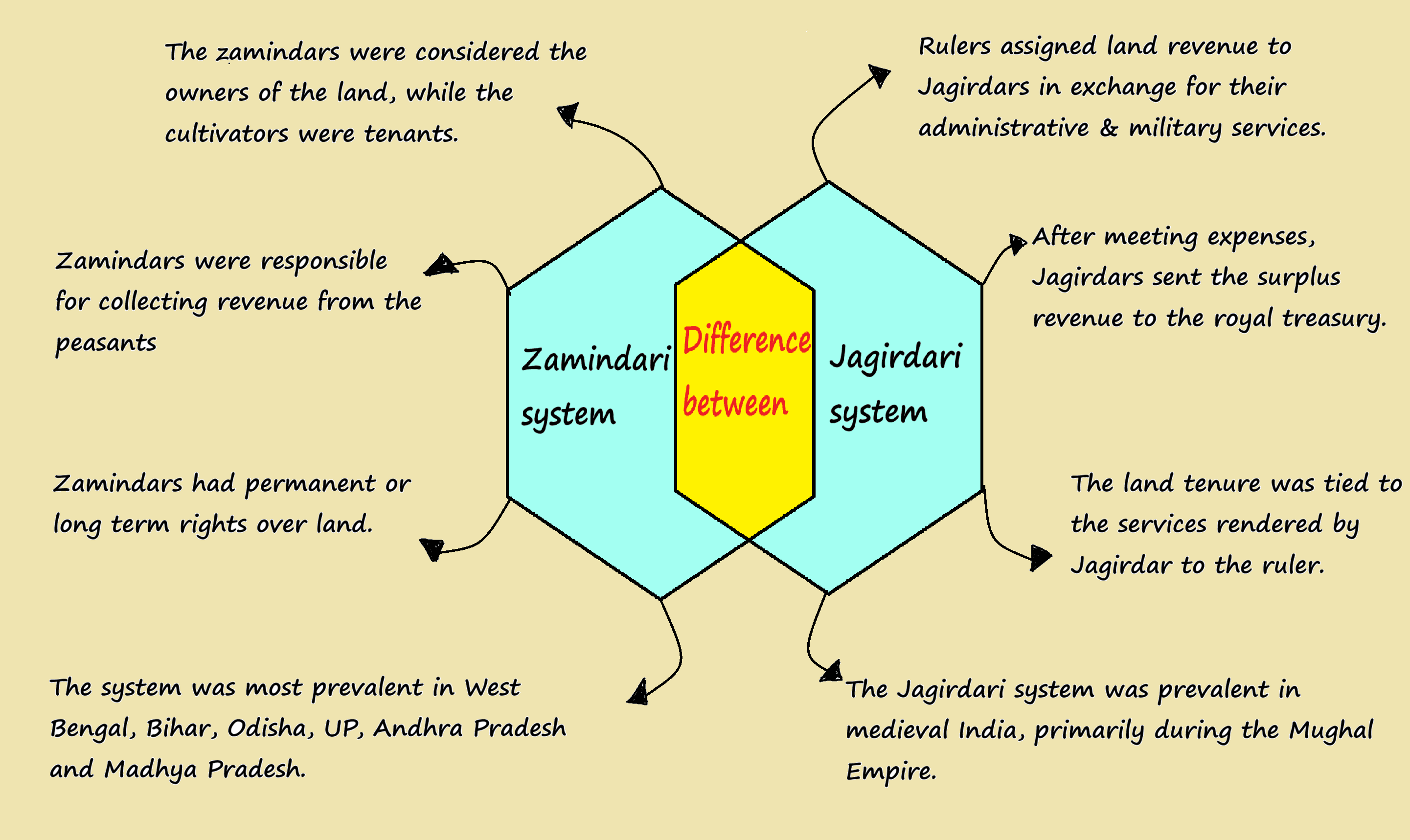UPSC Prelims 2019 Analysis
Subject wise MCQ distribution
- Economy had the highest number of questions (21), with a special focus on the banking sector, making it the most important subject.
- Environment & Ecology followed with 18 questions, highlighting its significance due to the Forest Service prelims merging with the Civil Services Prelims.
- Science & Technology was another key area, contributing 15 questions, with a major focus on biotechnology and related current affairs.
- Indian Polity remained crucial, featuring 13 questions.
- Modern History had a relatively lower weightage, with only 6 questions.

Difficulty analysis
- Medium Questions (45) formed the largest portion, requiring a blend of static and current knowledge with strong analytical abilities.
- Hard Questions (31) were conceptually tricky and usually lowered the cutoff. A strategic approach involved eliminating high-risk questions and attempting only those with certainty.
- Easy Questions (24) were straightforward and should have been attempted with maximum accuracy to gain easy marks.

Variations in Question framing
- The paper was evenly split between multi-statement and direct questions.
- Multi-statement questions held a slight majority, making the paper lengthy and increasing the risk of errors, as each statement had to be analyzed carefully.
- However, multi-statement questions also allowed for option elimination, enabling candidates to answer with limited information.

Key learning for Future Preparation
- Prioritize Key Subjects: Allocate more time to Polity, Economy, and Environment, as they consistently have higher weightage.
- Integrate Current Affairs: Link recent developments with syllabus topics for better retention.
- Develop Analytical Thinking: Focus on the why behind policies, events, and phenomena, rather than just memorizing facts.
- Revise Regularly: Reinforce concepts through periodic revisions and multiple mock tests.
- Master Multi-Statement Questions: Practice elimination techniques to improve accuracy in multi-statement questions.
- Practice PYQs: Understand important areas from the examiner’s perspective and familiarize yourself with option elimination techniques.
Subject-Wise Answer Key
QUESTION 1
Hard
Medieval History
Prelims 2019
Consider the following statements:
- In the revenue administration of Delhi Sultanate, the in-charge of revenue collection was known as ‘Amil’.
- The Iqta system of Sultans of Delhi was an ancient indigenous institution.
- The office of ‘Mir Bakshi’ came into existence during the reign of Khalji Sultans of Delhi.
Which of the statements given above is/are correct?
A. 1 only
B. 1 and 2 only
C. 3 only
D. 1, 2 and 3
QUESTION 2
Hard
Medieval History
Prelims 2019
With reference to Mian Tansen, which one of the following statements is not correct?
A. Tansen was the title given to him by Emperor Akbar
B. Tansen composed Dhrupads on Hindu gods and goddesses.
C. Tansen composed songs on his patrons.
D. Tansen invented many Ragas.
QUESTION 3
Hard
Medieval History
Prelims 2019
With reference to Mughal India, what is/are the difference/differences between Jagirdar and Zamindar?
- Jagirdars were holders of land assignments in lieu of judicial and police duties, whereas Zamindars were holders of revenue rights without obligation to perform any duty other than revenue collection.
- Land assignments to Jagirdars were hereditary and revenue rights of Zamindars were not hereditary.
Select the correct answer using the code given below:
A. 1 only
B. 2 only
C. Both 1 and 2
D. Neither 1 nor 2
